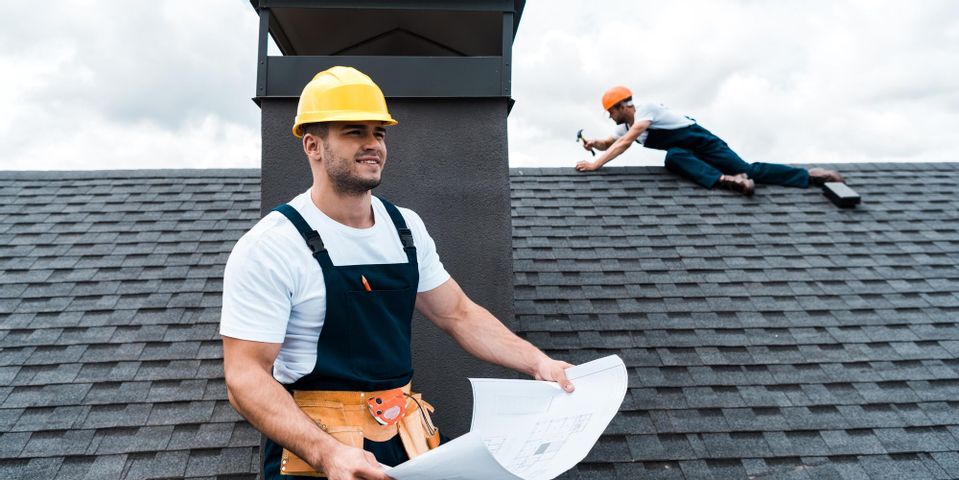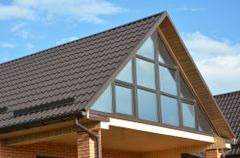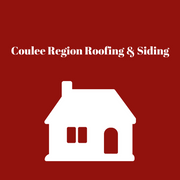
Your home’s roof was designed to keep the interior protected from the weather and other outdoor elements. This vital structure is comprised of several parts working together to keep leaks, mold, and unwanted pests from getting inside. Here are several essential roofing parts, their roles, and some common problems that may occur with each component.
A Guide to Roofing Components
1. Flashing
To help keep water from entering your home, flashing is installed over roof joints. The material is typically made from galvanized steel, aluminum, or sheet metal. Roofing contractors will also place flashing around chimneys, skylights, and individual styles of windows that are prone to leaks. If the flashing has dents or rust, water can seep through holes and gaps and enter attics and other rooms in the house. This often results in mold or mildew growth and water damage.
2. Underlayment
 This layer of felt or synthetic material is placed under a roof’s shingles to keep moisture from forming. Most types of underlayment are constructed to be water-proof and provide long-term durability. Depending on when the barrier was installed, it may need replacement due to old age. If the underlayment has been in place for more than 20 years, water can start to enter through cracks and holes. This can rot underlying roofing materials and allow water and pests to enter your home.
This layer of felt or synthetic material is placed under a roof’s shingles to keep moisture from forming. Most types of underlayment are constructed to be water-proof and provide long-term durability. Depending on when the barrier was installed, it may need replacement due to old age. If the underlayment has been in place for more than 20 years, water can start to enter through cracks and holes. This can rot underlying roofing materials and allow water and pests to enter your home.
3. Drip Edge
Roofing contractors install the drip edge over the underlayment to channel water into the gutters. These strips of angled aluminum are located beneath the underlayment around the roof’s edge as another channel to steer water away from the exterior siding. If the drip edge was installed using a corrosive metal, rust can set in and cause premature wear. Holes and gaps can cause water to become trapped in the underlayment and trigger leaks in the gutters. This can cause premature deterioration of your siding or leaks around your home’s foundation.
4. Eave
The edge of a roof that extends over the home’s outside walls is called the eave. This roofing component is constructed to protect siding by channeling rain and snow away. The eave also provides shading to the home’s exterior. It is typically installed at least three feet from the roof. As with the other roof components previously mentioned, if the eave sustains damage, it won’t steer water away from your home, which can alter the property’s foundation over time through erosion.
Knowing some of the critical parts of your roof will give you a better understanding of proper water leak protection. Coulee Region Roofing & Siding in Onalaska, WI, is the trusted resource home and business owners continue to turn to for expert installation, repair, and maintenance services. These fully-insured roofing contractors have served the area for more than 30 years with extensive experience working on a wide range of roof styles. If your home’s roof is experiencing problems, call (608) 780-5582 to schedule a no-obligation inspection and receive a free estimate. Check out their website for the company’s full range of services.
About the Business
Have a question? Ask the experts!
Send your question

